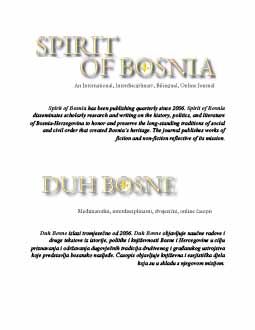
We kindly inform you that, as long as the subject affiliation of our 300.000+ articles is in progress, you might get unsufficient or no results on your third level or second level search. In this case, please broaden your search criteria.

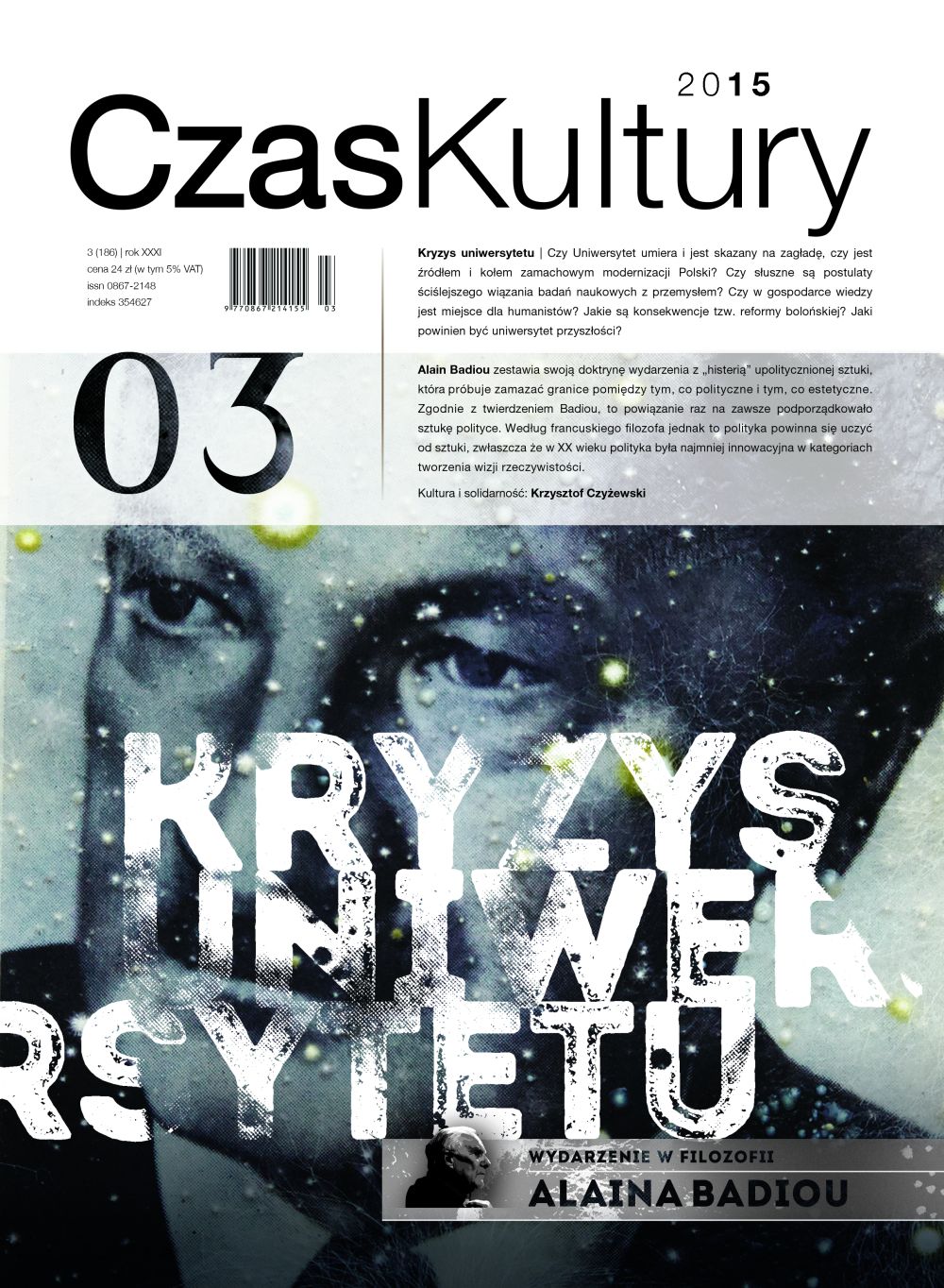
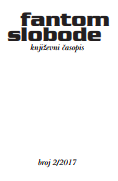
K.F. bio je čovjek od riječi. Glave od riječi raport, trupa od riječi metamorfoza, ruku od riječi paljba i nogu od riječi upotpuniti. Sjedio je na kauču u dnevnom boravku, ispružio upotpuniti i prekrižio paljbe. Onda su ušli P.T. i V.S. V.S. je bez riječi otvorio hladnjak, a P.T. je promrmljala nešto riječi pa nervozno sjela pa nervoznije ustala pa izašla.
More...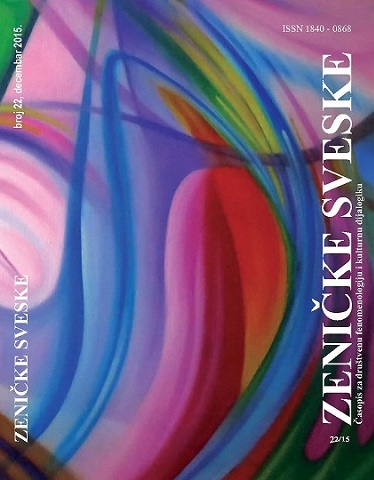
Budite večito gladni! Tada ste već slični. Najpre, gutajte očima. Onda, iznenadan, uzbudljiv zagriz! Važnost prvog ujeda: začetak bogate uzajamne gozbe.
More...
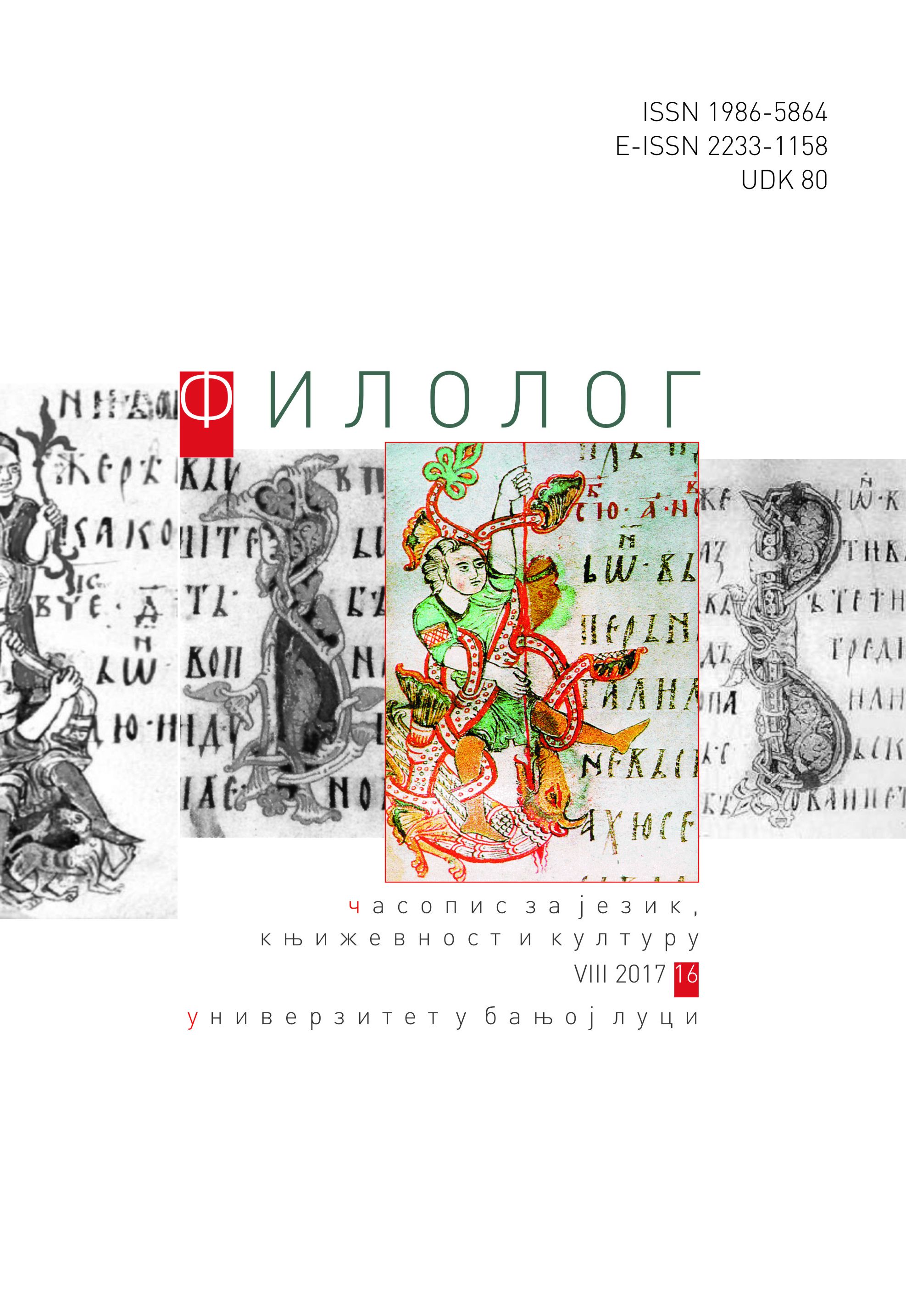
In this research the following is considered: two key modes of forming semiospheric inner disorganised substructure in a non-elastic (totalitarian) semiospheric core of culture; the attitude of a totalitarian culture towards some forms of own inner Otherness, that is towards inner alterity. The research subject is the example of Andrić’s The Damned Yard, which is, in a methodological sense, analysed as a typical case study because it is a representative example of a sharp, intolerant autocratic, semiospheric core of a culture rejected by one’s own inner Otherness. By semiotic-cultural analysis the key thematic-motivational complex of The Damned Yard is revealed whose central place is regime-disputing isegoria in a totalitarian society, concretely in the timar-spahic system of the Ottoman Empire. Considering that a reliable indicator of democracy and, therefore, an invariant feature of democratic systems is isegoria, it is here observed as a litmus for marking the democracy of a focused culture. Apart from disputing the right to isegoria, the analysis points out that Decalogue is the following key standard by which a non-elastic semiospheric core of culture, concretely, the totalitarian Ottoman regime – identifies the distance of its self-description and deviation articulates as its own inner Otherness. In striving to eliminate this from its structure the Ottoman regime liquidates these forms of inner Otherness by penalties in the form of spreading fear, force or killings. The subject of this research is dominantly considered from the position of the semiospheric theory of Yuri Mikhailovich Lotman with vocation of some image aspects, which are compatible with the mentioned theory.
More...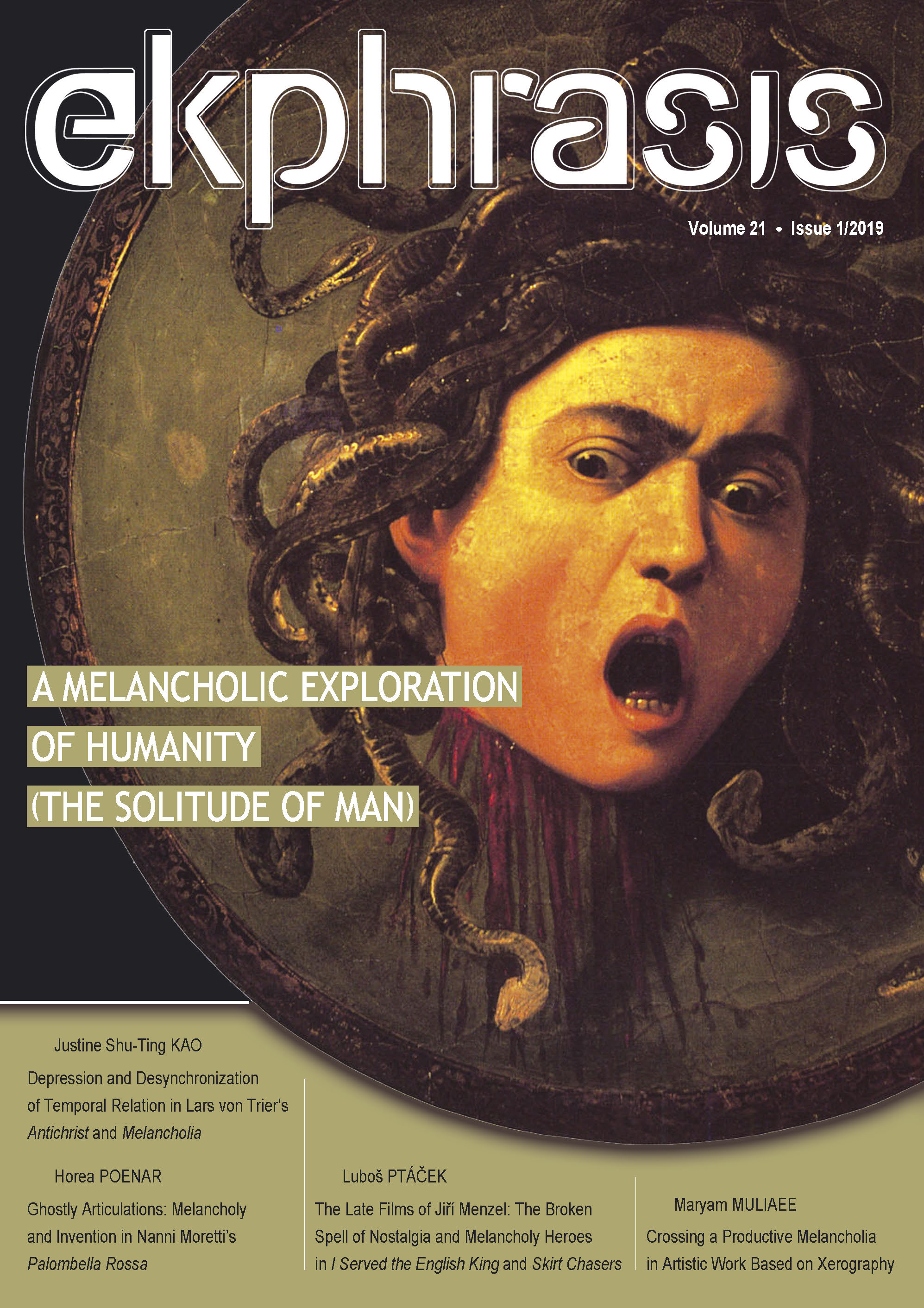
Ever since Aristotle’s conjoining of the creative and the melancholic state of mind – in the 33rd section of Problems –, much has been written about the relationship between artistic output and melancholy, depression, isolation or even madness. The artist – but also the philosopher – is caught at the centre of a polarising and ongoing debate, with those who wish to see him in a purity of inward contemplation that is unreconcilable with communal living on one side, and those who believe that his main purpose should be to create for others, that there can be no humanity in the search for solitude, on the other. But the figure that best encompasses Aristotle’s description of melancholic isolation as well as its inwardness and detachment from the physical world is none other that the hermit.This paper explores the question of eremitism, the dilemmas between communal living and inward contemplation, using the figure of the hermit also as an image for the melancholic individual. It traces its particular issues and problematics as portrayed in various sources of criticism of the phenomenon and contextualises the discussion as a matter of spatial analysis, focused on the images and places of eremitism and melancholy: the city and the desert. This perspective also emphasises a number of questions related to eremitism and its “problem”: how far away (isolated) should the hermit be? Should he ever return and, if so, when? And the most important question of all: why must the hermit move toward isolation, toward the desert?Looking into not just Aristotle but also texts by Szymborska, Tennyson, Buzzati (as well as the hermit in the visual arts) this paper traces the discussion around these questions and attempts to provide some answers.
More...
Starting from a plurivalent theoretical analysis of the Greek term nostos (both as a return to an identity of self, and as a formula for approaching the modern concept of nostalgia), this paper aims to follow the modality in which a literary thinking changes and it is sucombate by a more spatial cinematic thinking. More precisely, from the description of a singular affect (in the case of Thomas Mann’s narrative, Death in Venice, the representation of a nostalgic reality fluctuates into a dilute, synaesthetic exposure (in the case of 1971 Luchino Visconti’s film, Morte a Venezia).The purpose of this research paper is, therefore, to expand the analysis of Visconti’s cinematic intuitionism. The perspective changes through assembly, activating not the need for a fixed point of observation, but, on the contrary, distinct ways in which the sequences outline their own truth in relation to the eternal precondition (both at Mann and Visconti) of death tragedy.
More...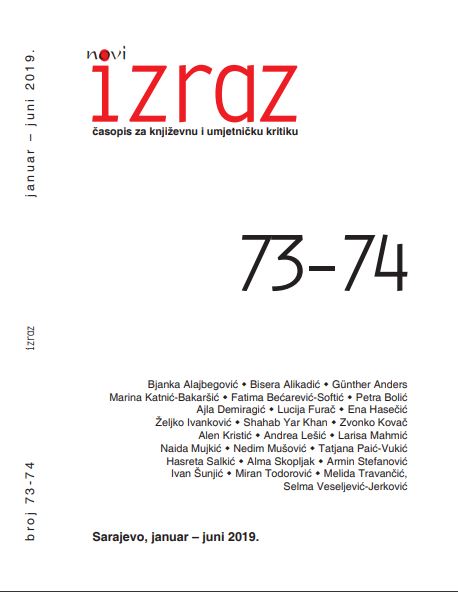
Tvoja molba da napišem ‘vita’ dovodi me u nepriliku. Jer ‘vita’ ja nisam imao. Ne mogu se sjetiti. emigranti to nisu u stanju. Singular ‘život’ je nama, od povijesti svijeta gonjenima, na prevaru pokraden. Čujem Tvoju primjedbu: nijedan život nije singularan; niko nema jedan ‘vita’; ne postoje životi koji se ne raspadaju u pojedinačne faze; pod ‘životom’ mi svakako podrazumijevamo jedinstvo tih rasparčanih faza; i činjenica da se život raščlanjuje u faze ne uništava sjećanje. – Priznajem. Samo što se prelazi iz jedne faze u drugu obično odigravaju na pozadini ili u okviru jednog okruženja, koje se, čak i kad se mijenja, osjeća kao konstanta. i što ta konstanta okruženja obično osigurava povezanost životnih faza.
More...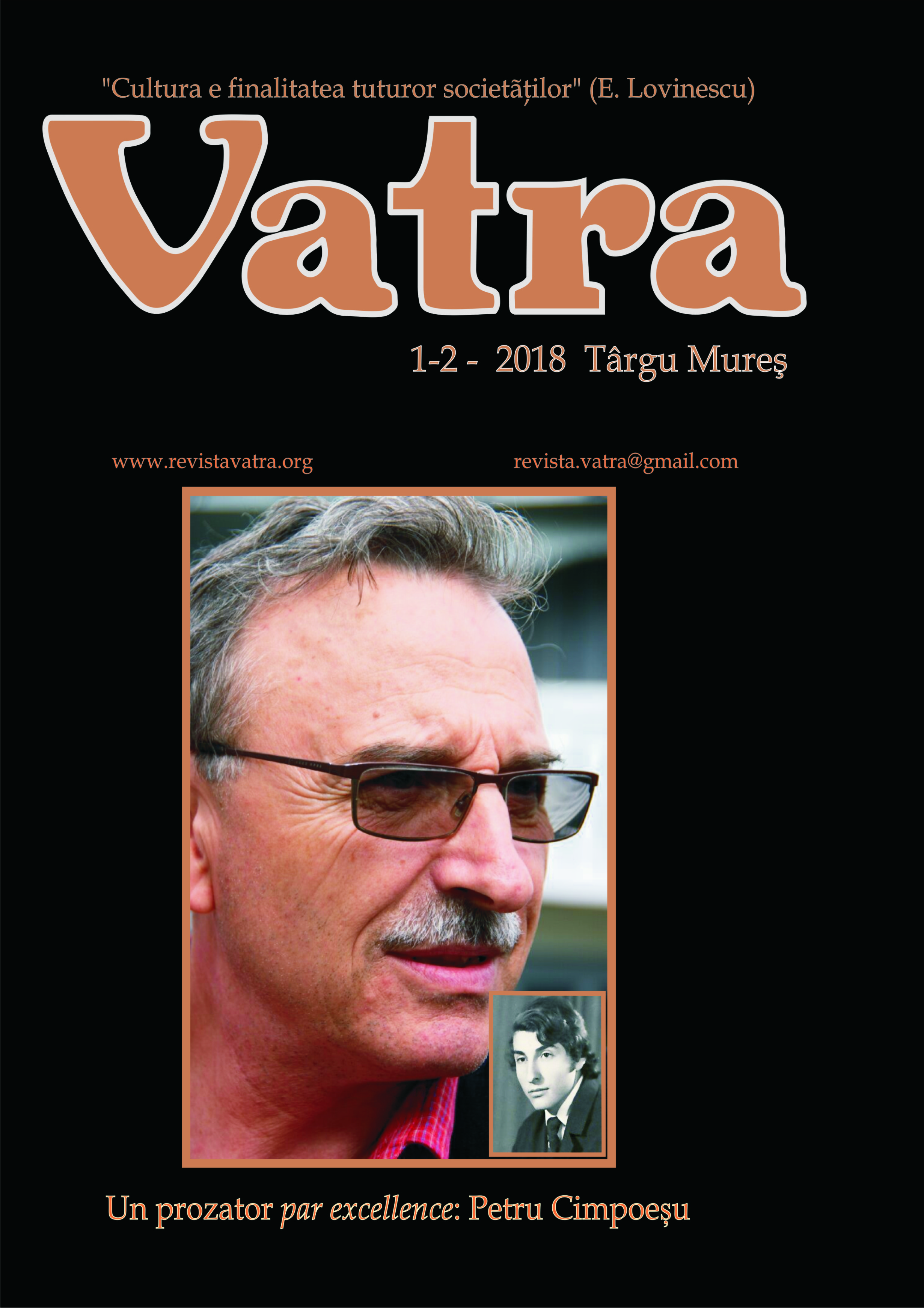
The text is a fragment from a novel written by Bedros Horasangian.
More...
This section contains excerpts from the writings, more precisely the short-stories of two Romanian writers.
More...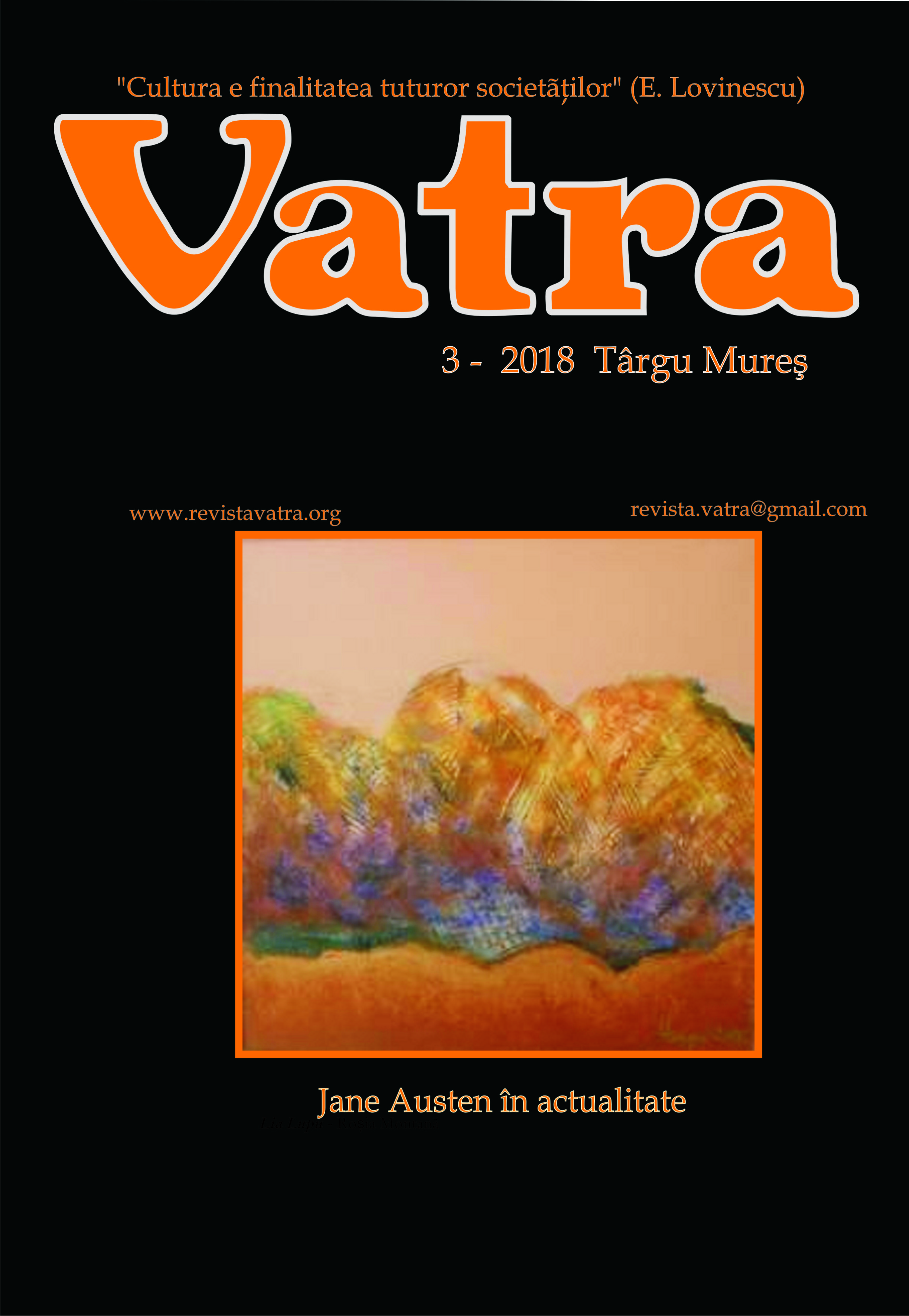
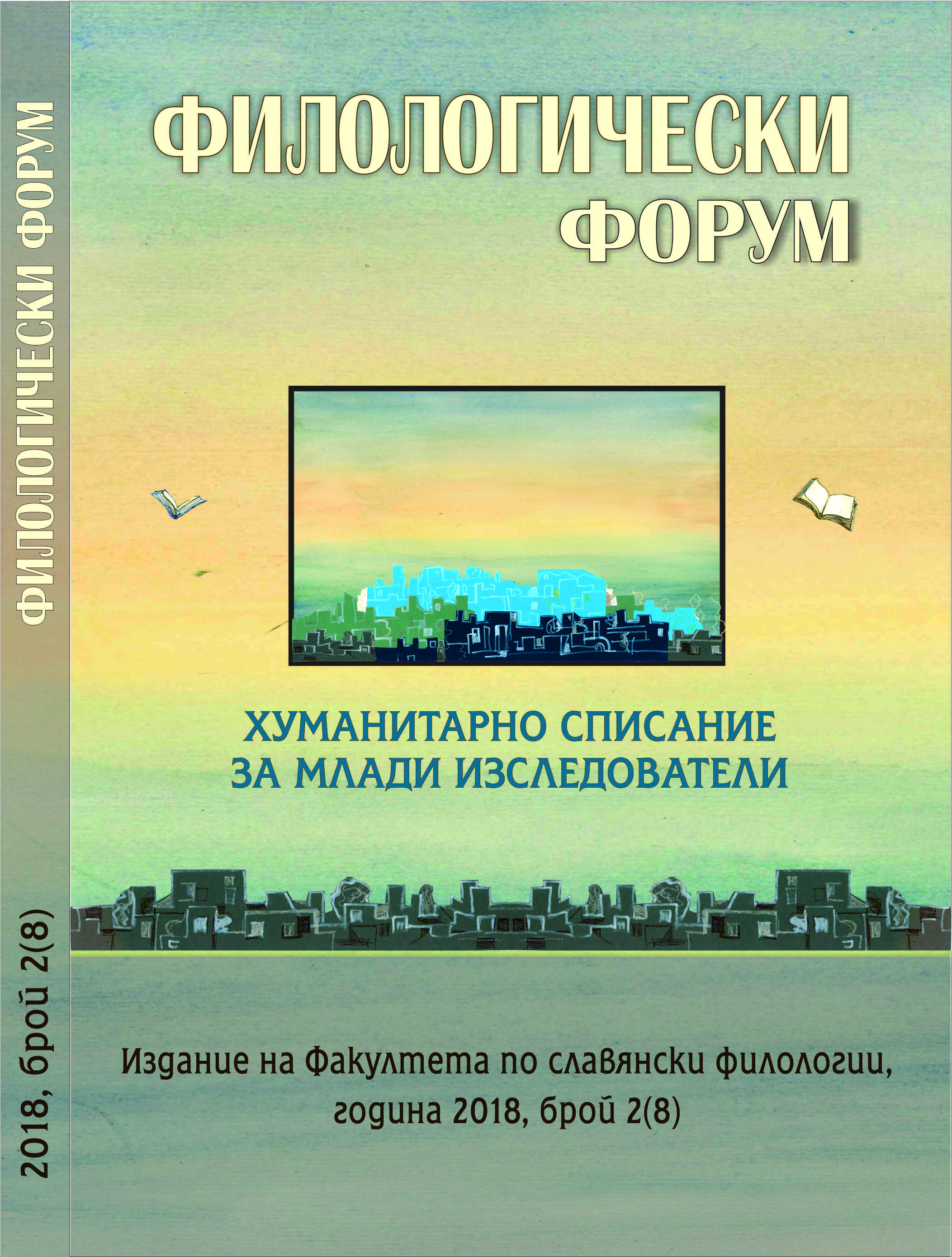
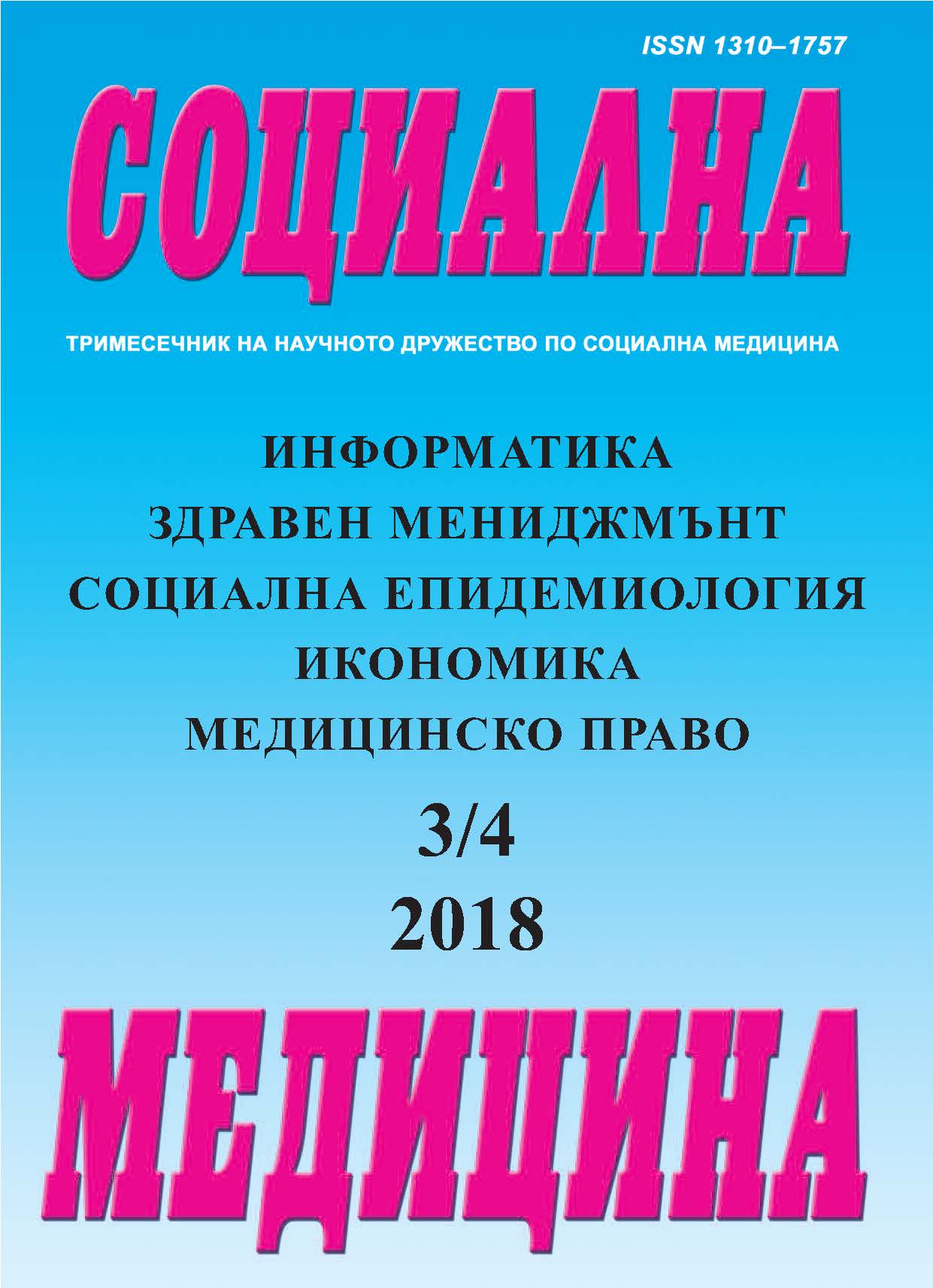
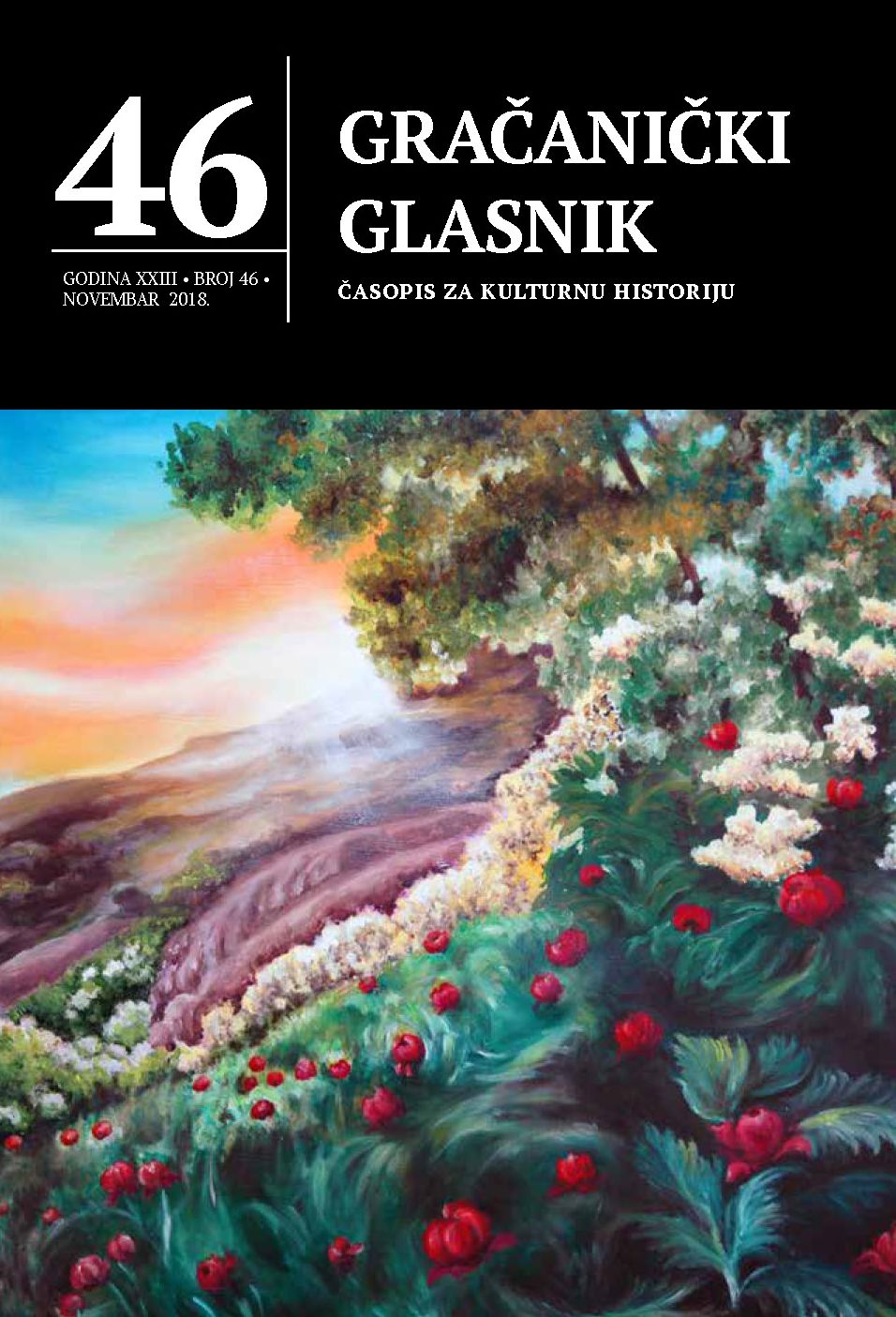
U trošnoj drvenoj kućici, daleko od stvarnosti, sjede jedno naspram drugog. Satima ne progovaraju ni riječ. Pogled su prikovali na drveni pod, čije daske zaškripe s vremena na vrijeme prilikom prebacivanja težine tijela s jedne na drugu stranu. Ako podignu pogled i usmjere ga jedno prema drugom, sve bi bilo uništeno i više ne bi postojali. Njihovi likovi u očima ovog drugog reflektirali bi se poput slike u ogledalu.
More...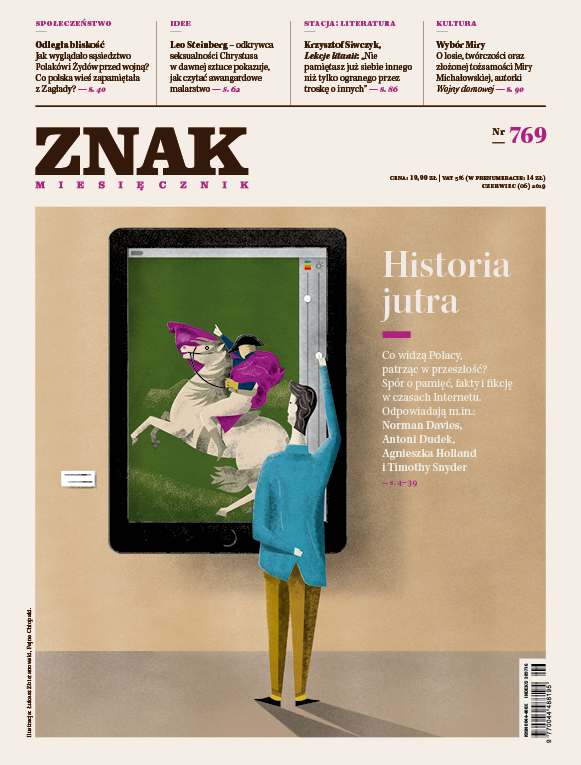
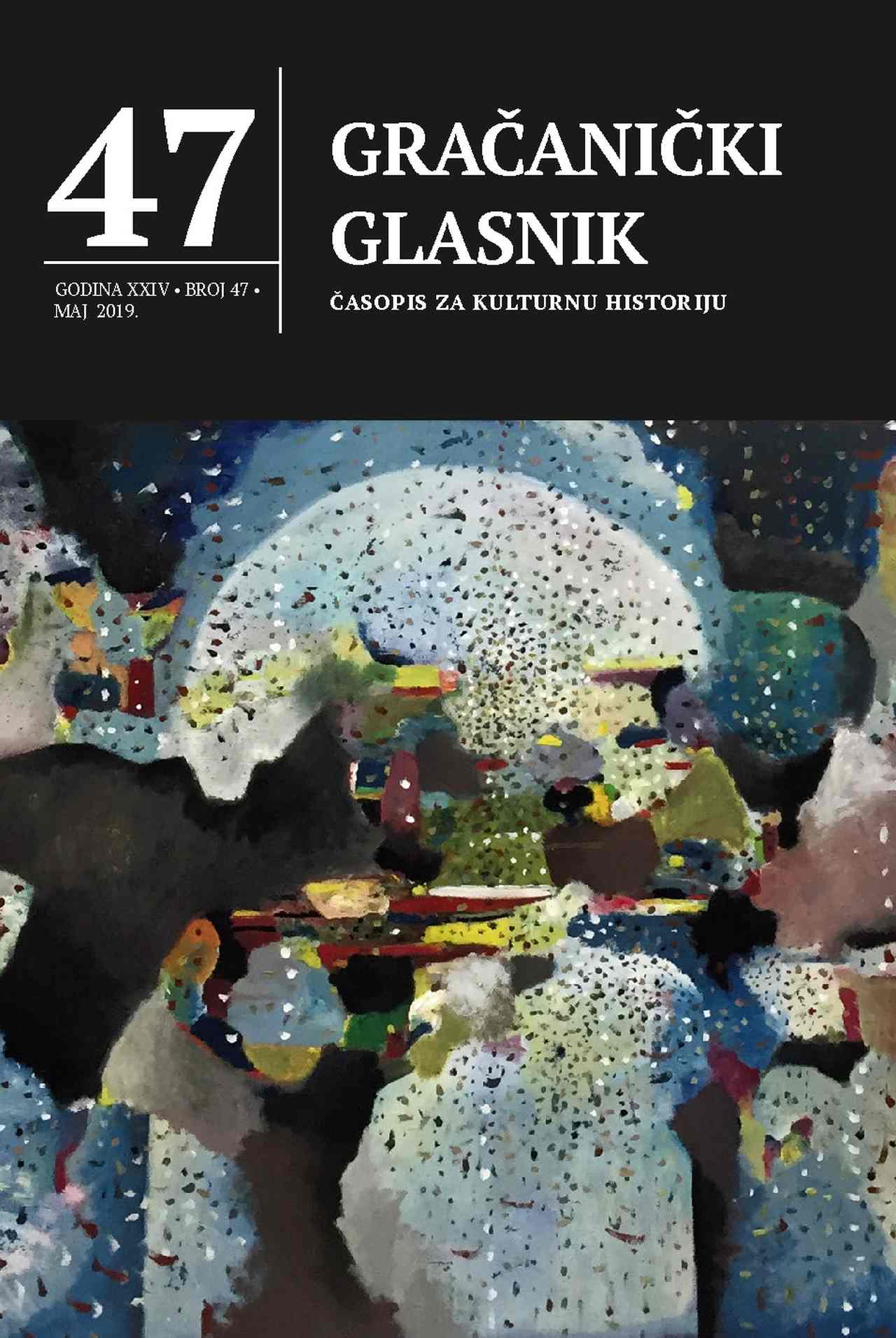
Svi su joj halalili Moj brat Meza Glava na panju Visoki napon Gologuz Violina Horoz
More...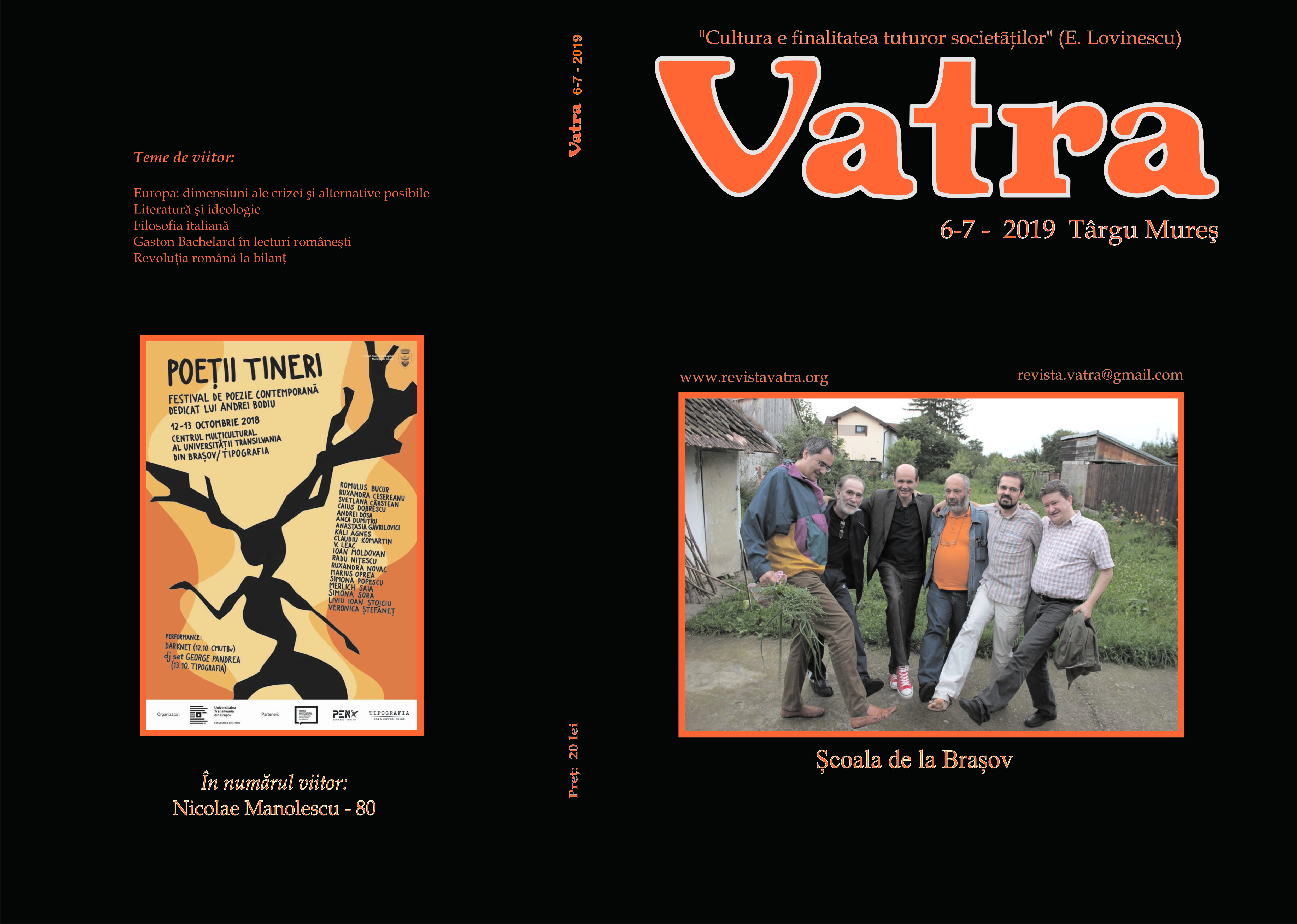
Literary texts signed by the members of Brasov Literary School.
More...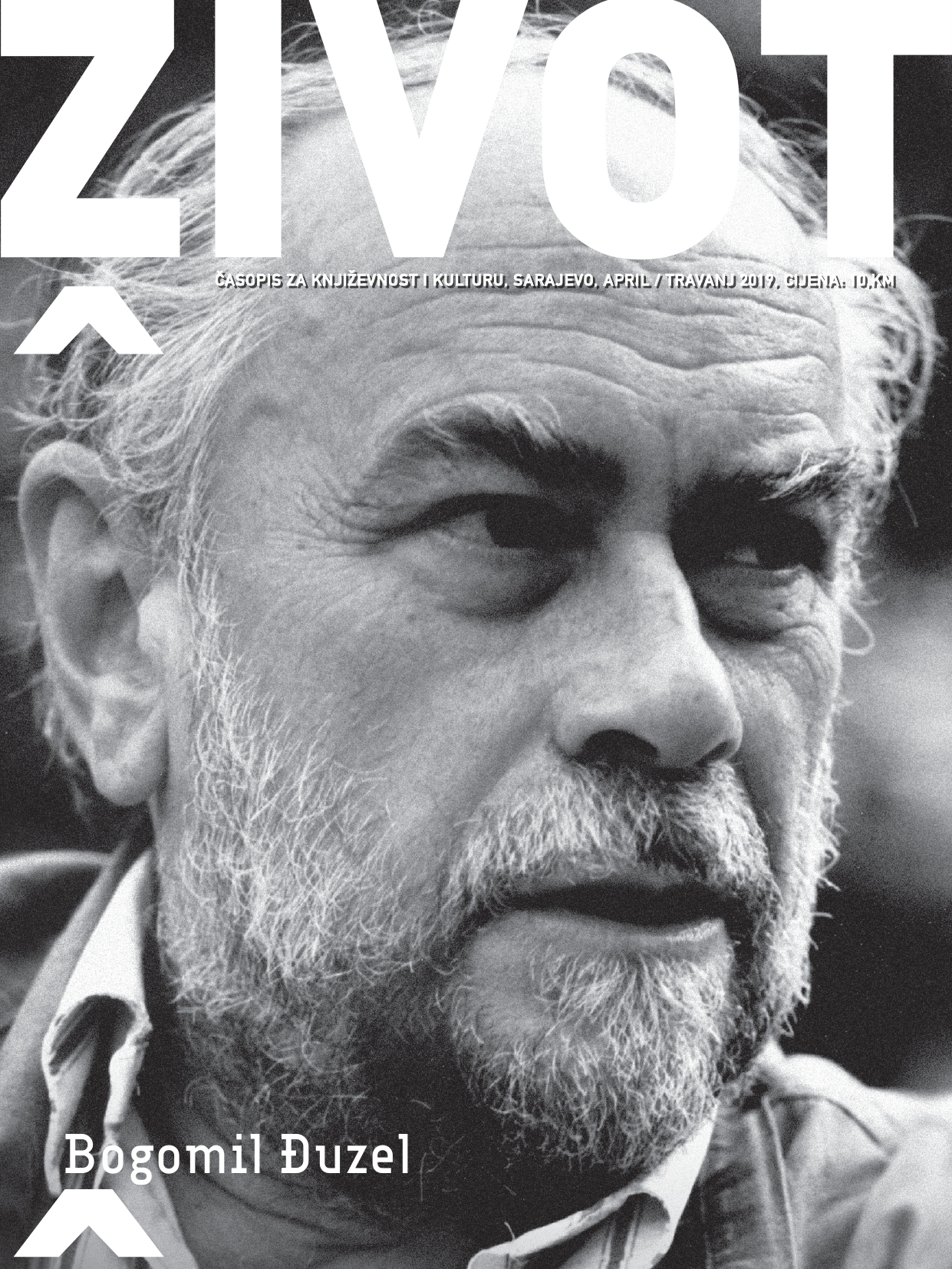
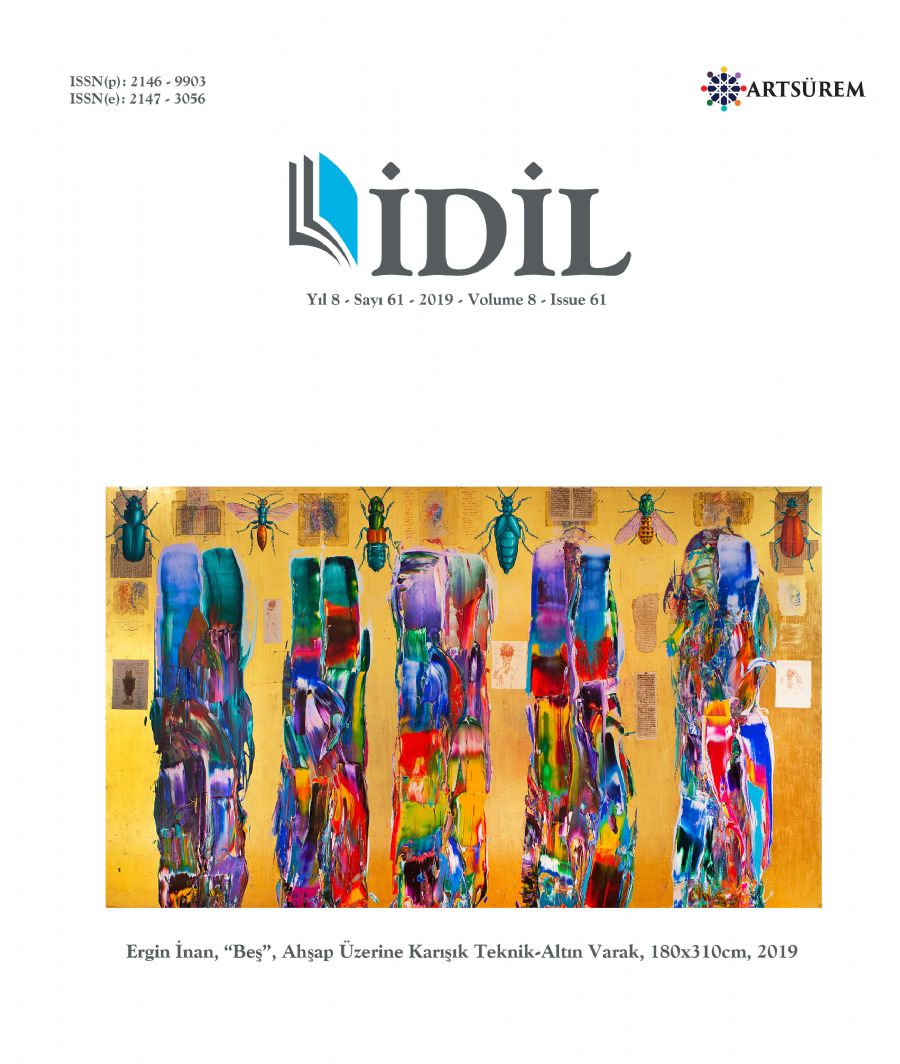
The study focused on a brief flashback to the causes that created the book, which we now take into our hands with a highly mediocre perception. In this context, the subject of the formation of oral culture, the transformation of pictorial symbols into writing and the origin of mythological stories created by the human mind in this process was examined by taking into account the Three Laws of State. The word, while shaping the process of human existence, has developed not only as a result of what everyday life requires but also as a result of the search for a logical solution to what supernatural events bring. People's beliefs and cultural knowledge to make permanent and to ensure continuity of their repeated oral expression has enabled the development of the tradition. The development of writing and paper as a result of the changes in human thought structure has enabled this change to take place faster and has made it possible for information to be reproduced and disseminated in an unlimited way and to be permanent. Of course, what started with words and was conveyed through writing was knowledge, it was valuable, and it was important that it was transferred into the book. Because the knowledge transferred to the book has been visible evidence of the change and development that determines the process of human existence. It was thus possible to monitor the mental change and development of the human being from some of the books that have survived to the present day, which transformed thought into word, formal writing, word and writing into literature.
More...